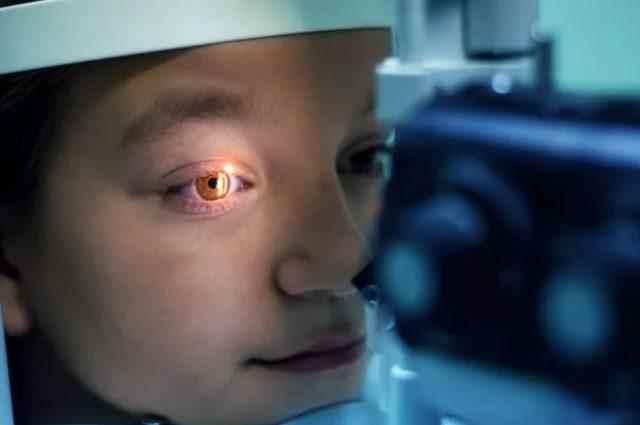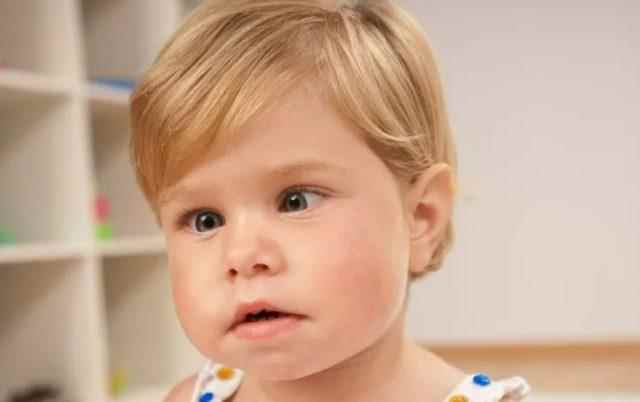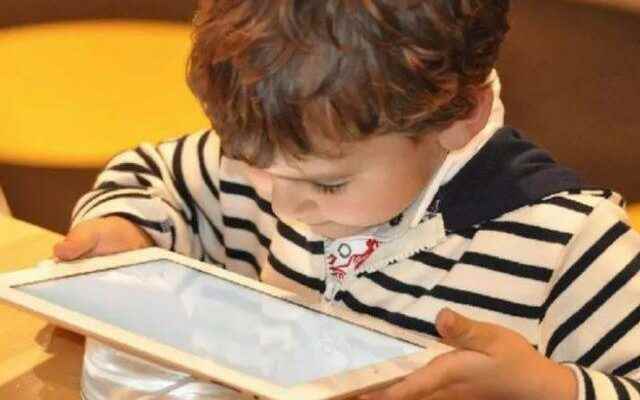The eye is one of our most sensitive organs. It is necessary to pay attention to eye health from infancy. Myopia and strabismus, which has been increasing in children in recent years, can cause vision loss. Istanbul University-Cerrahpaşa (IÜC) Cerrahpaşa Faculty of Medicine, Department of Ophthalmology, Lecturer Prof. Dr. Hüseyin Yetik drew attention to the increase in myopia and strabismus in children in recent years.
SCREEN USE TRIGGERS EYE DISEASES
Noting that nearsightedness is known as “sight seeing far” among the people, Yetik said that strabismus and crossed eyes are perceived as different from each other, but they are the same condition. Stating that the complaints of children who apply to clinics all over the world are common and this is shared at international meetings, Yetik said, “We express that ‘with the coronavirus pandemic in the world, these diseases have also become a pandemic’; the first is myopia, the second is strabismus, strabismus. “In the pandemic, education started to be done remotely and from the computer, children spent longer time to receive education in front of tablets, phones, computers, television. This triggered both myopia and eye shifts,” he said.
STRAISION CAN BE RESOLVED BY WEARING GLASSES
prof. Dr. Emphasizing that the age of users on devices such as phones and tablets has decreased, Yetik continued: “80-90% of strabismus in children can be resolved with the orthoptic approach, that is, by wearing glasses and closure treatments, without going to surgery. One of the important things we observed in this period is that we corrected it with the orthoptic approach, “The tables are no longer able to respond to it. Because the eye-straining factor, excessive staring, becomes so extreme that in this process, which exceeds your orthoptic approach, children’s glasses compatibility deteriorates, they look over the glasses. On the one hand, the frequency of children and families applying to health institutions decreases.”

EYE CONTROLS OF NEWBORN BABIES MUST NOT BE STOPPED

Yetik explained that every newborn should have an eye examination within 1 month, and that a red reflection test was performed in a dark room to measure whether there was a congenital problem in the eye, by the newborn doctor, within a week after birth. Pointing out that the child should be examined at the earliest 6 months after birth and at the latest 1 year old, Yetik said, “I don’t see any problem in my child’s eyes, he sees the tiny ant on the ground, he shows the flying bird.” He stated that his thoughts would not be correct, because the child could do this with one eye that was not impaired.
prof. Dr. Noting that the age of 2.5-3 is a period in which a child of this age can have a clear idea about his vision, thanks to his ability to express himself, Yetik said, “If the child has a lazy eye that has not been diagnosed until that time, it is the period when it can be corrected with as few sequelae as possible. -3 years old. Therefore, it should be seen at the age of 3,” he said. Yetik emphasized that it is important for all healthy individuals from the age of 40 to go to the examination at least once a year.
WHITE REFLECTION IN THE EYES IN THE PHOTOS MAY BE A HEALTH PROBLEM.
prof. Dr. Hüseyin Yetik stated that the applications to them were usually made after the child’s eye problems were noticed during school scans or when the child realized that he could not follow the blackboard at school.
Stating that eye shifts can also be noticed in photographs, Yetik said: “Another informative thing about photographs is that the pupils give red or white reflection (reflection). Modern cameras turn red-eye images into black. If there is a red reflection in the middle of the pupil when the photograph is taken, There is no problem here. But if there is a red reflection in one eye and a white reflection in the other rather than a red reflection, it may be related to a serious eye problem. Therefore, it is important for families to notice this even in a simple photo. White reflex is unhealthy, retinal detachment (detachment), eye tumor, cataract could mean a developmental eye anomaly.”
SUGGESTIONS TO PROTECT EYE HEALTH

prof. Dr. Yetik listed what needs to be done to protect eye health as follows: “There is the 20-20-20 rule. While sitting in front of the computer, every 20 minutes, rest the eye by looking at 20 feet (6 meters) and away for 20 seconds. This is one of the healing factors. Another one. Almost the only modality proven by international studies that actually stops the increase in myopia, has been documented to decrease the increase in myopia in children who spend time indoors in front of the computer, not in the room but outside, in daylight. It is necessary to encourage them to spend more time outside.”
STAY AWAY FROM SMOOTHLY LIGHTED ENVIRONMENTS
Yetik warned that serious side effects of slimming drugs and teas, which have been used recently in young people, are also observed. prof. Dr. He added that the ophthalmologist should be consulted for routine scans, whether there is a complaint about the eye or not.
(AA)
